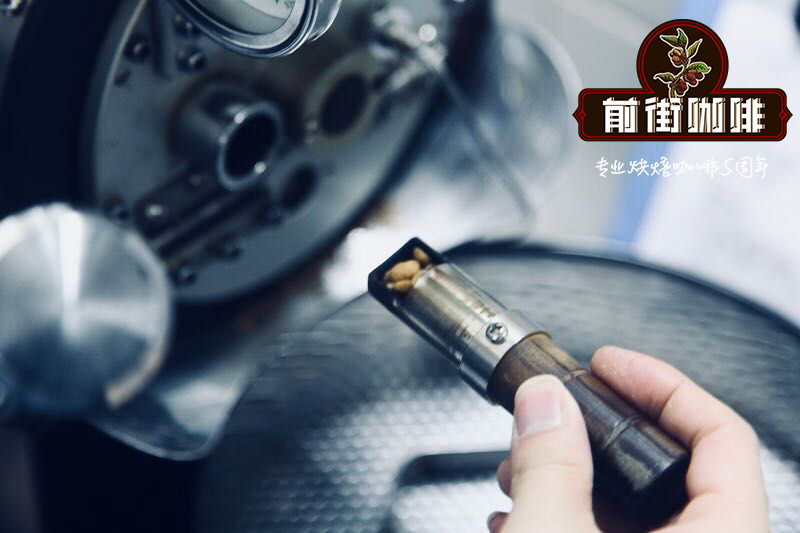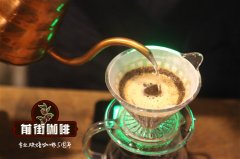How about Ethiopian Purple Fengling DASAYA Coffee? how about Shaquiso Coffee producing area?

Professional coffee knowledge exchange more coffee bean information please follow the coffee workshop (Wechat official account cafe_style)
Ethiopian purple wind chime DASAYA
For hundreds of years, Ethiopia has been providing some of the best-rated single high-quality coffee beans in the world. Generally speaking, Ethiopian coffee is famous for its fruit wine and obvious acidity.
The average altitude of planting environment in Ethiopia is 1500-2200m, and the harvest time is from November to February. Arabica, local native species and planting scale are common planting varieties in small rural areas.
The original text of Dasaya in Ethiopia is Dawala Samayawi, which means purple wind chimes!
Beans, like its name, are constantly reminiscent of purple and blue fruits, full of pink and purple sweet bubbles. The rich, sweet aromas of blueberries, grapes and other fruits are juicy, the flowers of violets are intoxicating, and the cool wind chimes with lavender aromas at the end add freshness to this ebullient sun work.
Dry aroma is a strong aroma of berries and wine, with strong strawberry and blueberry aromas with violets at the beginning, passion fruit, peach and grape juice in the middle and back, and a cool lavender finish. Smooth taste and full juicy flavor is recommended.
The administrative region of Ethiopia is divided into four grades, the order from big to small is Region, Zone, woreda and kebele. Most of the raw coffee bean names follow this rule. Guji-Shaquiso is located in the southeast of the well-known producing area of Yega Xuefe. it belongs to Oromia Region → Guji Zone → Shakisso woreda and belongs to the regional source of coffee beans.
Just as Yejasuffe became well-known after it became famous, it became an independent producing area. Guji became an independent production area by ECX in 2010 because of its superior geographical location and cup flavor. Shakisso (sometimes translated as Shakiso) is the most attractive micro-producing area in the Guji producing area. It is located in the southeast of Yejia Coffee with an average altitude of more than 1800 meters. The fertile black soil (Vertisol) has a significant temperature difference between day and night so that it has all the local conditions to produce high-quality boutique coffee.
Almost all the sources of local coffee production belong to the form of individual small farmers. At the arrival of the production season, the ripe red transparent berries from their neighbors are picked and sent to the treatment plant, and placed on a well-ventilated African scaffolding to control the temperature and fermentation degree. After the pulp is removed, the water content is reduced to between 11.5% and 12%. When the post-processing and static operation are completed, the export is done through the competitive bidding system of the ECX Ethiopia Commodity Exchange. Local exporters or international buyers follow this system to find their favorite raw coffee beans. In recent years, the most high-profile producing area in Ethiopia is Yega Schiffe. Guji-Shakiso is less well-known than Yega Chevy. However, with the overall price of Yega Chevy soaring in 2015, international boutique buyers have turned to other neighboring producing areas, such as Sidamo, Limu, Jimma. And so on, many potential producing areas and producers have been discovered.
END
Important Notice :
前街咖啡 FrontStreet Coffee has moved to new addredd:
FrontStreet Coffee Address: 315,Donghua East Road,GuangZhou
Tel:020 38364473
- Prev

How do you spell coffee with beans? Can you flush coffee beans with mixed beans?
Professional coffee knowledge exchange more coffee bean information please follow the coffee workshop (Wechat official account cafe_style) many coffee lovers and many coffee rookies when shopping for coffee beans on Taobao, they will inevitably see the familiar words such as blended coffee, xx flavor (similar to Italian flavor, Starbucks flavor), and the price of these coffee is often compared to many single varieties.
- Next

How Ethiopian coffee is graded why Ethiopian coffee beans vary in size
Professional coffee knowledge exchange more coffee bean information please follow the coffee workshop (Wechat official account cafe_style) Ethiopia is the hometown of Arabica coffee, it is in Ethiopia's Kaffa region of the forest, you can see wild Arabica coffee. In Ethiopian, coffee is called Bun or Buna, coffee beans (coffeebean
Related
- Detailed explanation of Jadeite planting Land in Panamanian Jadeite Manor introduction to the grading system of Jadeite competitive bidding, Red bid, Green bid and Rose Summer
- Story of Coffee planting in Brenka region of Costa Rica Stonehenge Manor anaerobic heavy honey treatment of flavor mouth
- What's on the barrel of Blue Mountain Coffee beans?
- Can American coffee also pull flowers? How to use hot American style to pull out a good-looking pattern?
- Can you make a cold extract with coffee beans? What is the right proportion for cold-extracted coffee formula?
- Indonesian PWN Gold Mandrine Coffee Origin Features Flavor How to Chong? Mandolin coffee is American.
- A brief introduction to the flavor characteristics of Brazilian yellow bourbon coffee beans
- What is the effect of different water quality on the flavor of cold-extracted coffee? What kind of water is best for brewing coffee?
- Why do you think of Rose Summer whenever you mention Panamanian coffee?
- Introduction to the characteristics of authentic blue mountain coffee bean producing areas? What is the CIB Coffee Authority in Jamaica?

